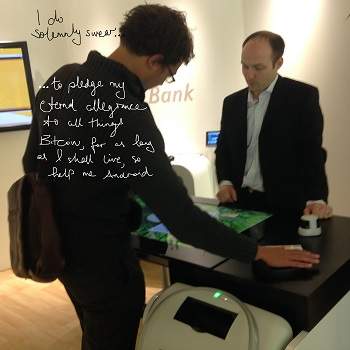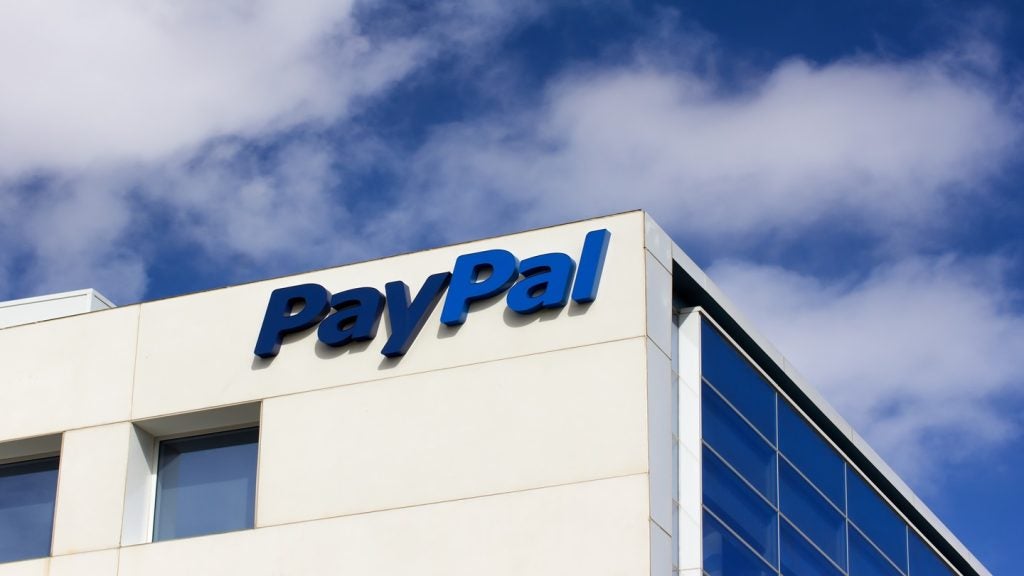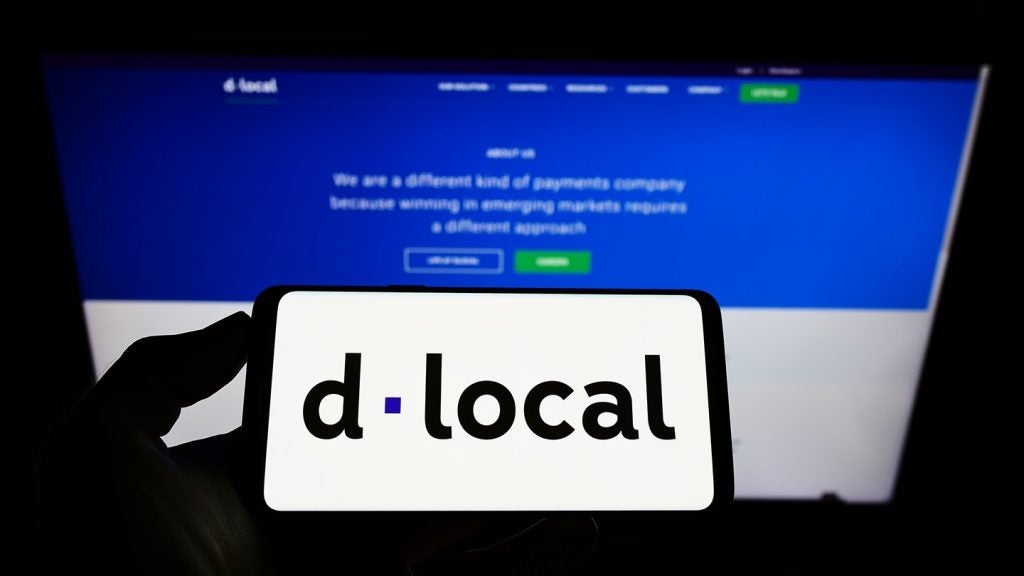The new collaboration between Axis Bank and Fastacash has led to PingPay, India’s first multi-social payment app. For consumers, whether they are customers of Axis Bank or not, could this be the beginning of a new, open, social payments sector? Patrick Brusnahan speaks to both companies regarding this development
PingPay gives the consumer the ability to send money to each other with their mobile phone, using their number, email, Facebook, Whatsapp or through Twitter without needing any bank details. It can be utilised by Axis Bank customers and others, though if not with Axis, you can only receive payments.
While this is of great utility to the largely underbanked and unbanked population of India, it is not necessarily the segment the Axis and Fastacash are aiming for.
When speaking to EPI, Sohini Rajola, head of electronic banking at Axis Bank, says: "This is basically targeted at more of the youth as they practically live on social media. You could even say they breathe it, but there can be many businesses customers that can come out of it. We believe that a lot of small businesses can use it when asking for payment.
"It depends which segment really takes it up, but the whole premise is that we’ve changed the dynamic from just sending money to asking for money being the key activity here. When you put that it in that perspective, anyone from your driver to your grocer to anyone you owe money to anyone offering a service can virtually be asking you for money on this social platform."
Radhika Angara, chief marketing officer of Fastacash, says that Fastacash’s product is doing what banks are failing to do; understanding the digital consumer.
How well do you really know your competitors?
Access the most comprehensive Company Profiles on the market, powered by GlobalData. Save hours of research. Gain competitive edge.

Thank you!
Your download email will arrive shortly
Not ready to buy yet? Download a free sample
We are confident about the unique quality of our Company Profiles. However, we want you to make the most beneficial decision for your business, so we offer a free sample that you can download by submitting the below form
By GlobalDataShe says: "What makes this solution fundamentally different from some of the solutions that banks are offering is that they have understood what social media and social platforms are being used by the Indian consumer. "I think our solution meets the needs of [the underbanked and the unbanked] because they are on their mobile phones, they actually have started using social media. When you look at the underbanked population, it could be a youth population as well. It doesn’t necessarily mean they don’t have access to the banking network, it’s just that their tastes are different."
"We are looking at people who are relatively tech-savvy, who are using their mobile phones in various situations and are using social messaging, as well as social networks. You’re absolutely right in that the underbanked and undersold comes into that, but they’re not the bottom of the pyramid."
Once you register with the app, the time taken to send the money relies completely on how soon you can select your friends and choose the amount. While this suggests a level of ease which could put security at risk, Axis is adamant on its safety.
Rajola says: "We follow the same two-factor authentication that is required. The difference is that we’ve made the user experience very smooth. When the originator of the transaction is the sender, say me, then I set up a PIN code, send you the money and a link and you have to enter the code as well. In both sending and receiving, there is two-factor authentication.
"Because it is a financial transaction, security is absolutely paramount. The links that are sent cannot be copied. It’s as secure as you would consider any banking app to be."
"It isn’t just taking on Facebook or Twitter, but really understanding that the consumer is a constant in social channels and we need to give the consumer a choice of which social channel to use when making payments. It needs to be a choice that the sender can make and that’s the beauty of being a solution that is agnostic to social networks as well as payments channels."
Fastacash’s ambitions are not just limited to the market it is already involved in; not only India, but Vietnam, India and Russia as well. It wants to expand to high spend, high receive and large domestic markets.
Angara says: "If you look at our strategy, I would define it as being three-fold. We’re interested in international remittances. There are key spending markets, such as the UK and the US. This is defined as countries with large migrant populations where the money is being originated. Our focus is to build our presence in some of these larger spend markets.
"That automatically translates into us having the receive network in place. Our focus is also to expand into these markets. India and a lot of South East Asia fall into this category.
"Then we have the large domestic markets. The reason for this is that people are moving from cash-based economies into the mobile payments space. The penetration of mobile payments is high but the unbanked population is also extremely high. People are looking for these newer technologies to allow them to go from cash based society to a more digitally driven one. That’s happening through mobile phones, a result of which will translate into mobile payments as well."
Axis has high hopes for the product and wants it to be fully ingrained in India’s financial sector.
Rajola concludes: "Within the year, we expect to have had over a million downloads. In this, we believe that we will have a very high level of active usage.
"What’s important for banks is to be relevant to our customers. I can’t reel my customers away from social channels. Banking transactions should be as fun for them as posting a holiday picture. It shouldn’t be a drag or drudgery. I’ve got to make it simple for my customers and if social media is where they are, then that’s where we’re going."








